Timber Floor Care
Timber flooring is an investment that will last generations and maintain it’s natural beauty if well cared for.

FLOOR CARE
This guide is specific to prefinished, UV lacquered timber.
Below steps are for optimal maintenance.
- Immediately wipe up liquid spills.
- Sweep and/or vacuum regularly using a head with a hard floor setting to prevent potential scratches.
- You can ‘wet’ mop your floors however you will need a mop that can be strung out to a touch dry state. This will enable cleaning without any water pooling on the surface and also potential ingress between timber joins.
- Use felt protectors or furniture coasters under heavy furniture.
- Close curtains or blinds to limit direct sun exposure.
- A protective mat (flat bottom variety) should be placed under wheeled chairs.
- Place mats and throw rugs at doorways, exteriors and interiors to help prevent the tracking of dirt & sand.
- Cleats, sports shoes and high heels can dent the floor surface.
- Keep pets claws trimmed to reduce the incidence of scratching.
- Replace furniture rollers with fixed rubber supports.
- Maintain room temperature (15 – 28°C).
- Maintain with WOCA® products when required, to ensure maximum longevity from your flooring.
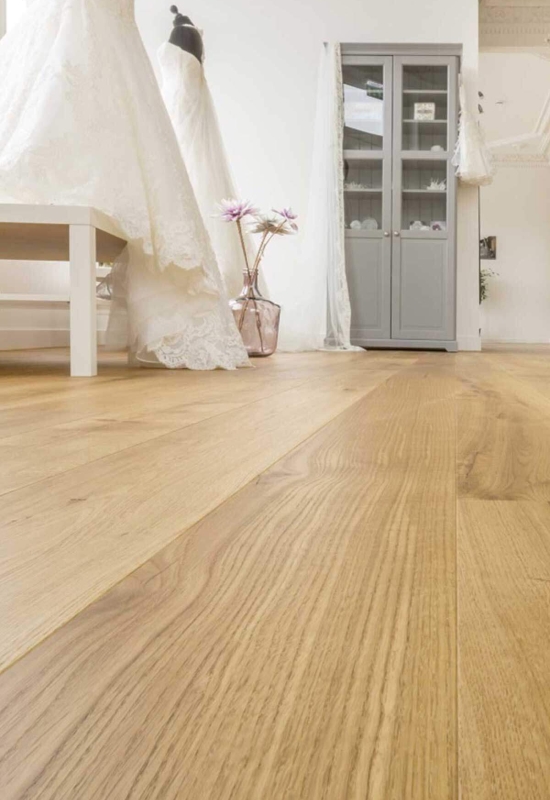
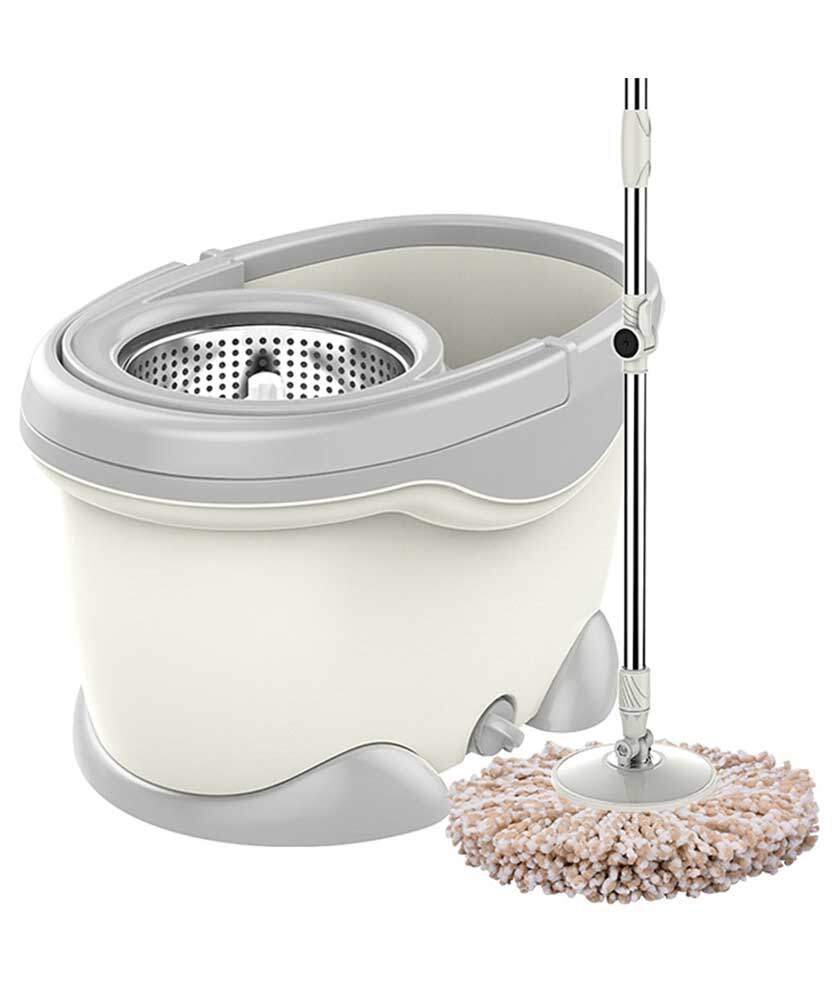
TAKE CARE
- Mop using a well strung mop. Standing water can dull the finish, damage the wood, and leave a discolouring residue.
- All purpose cleaners are not recommended as they can dull your floor’s finish or leave a hazy residue.
- Never use a wax or oil based cleaning product on a Lacquer finish.
- Don’t use oil base soaps, vinegar, bleach, polishes, ammonia based cleaners, acrylic finishes or abrasives.
- Don’t use paste wax based products (NEVER wax a lacquered finished floor).
- Don’t use steam cleaners. They are not recommended for use on natural wood flooring as they may affect the lacquer finish.
- Don’t place porous flowerpots or vases on the floor to prevent potential moisture ingress.
- Do note use steel wool or scourers when spot cleaning.
UV LACQUER
This protective finish is applied in the last step of manufacture and acts to seal and protect the underlying timber and stain. It enables your flooring to last a very long time without sign of wear.
Floors which do not have a UV Lacquer require on a more regular basis a light sand and oil to rejuvenate the surface and prevent the floor looking dry (similar to an external timber deck).
Pre-finished UV Lacquered floors are highly desirable over oiled due to being maintenance free (other than regular sweeping/vacuuming).
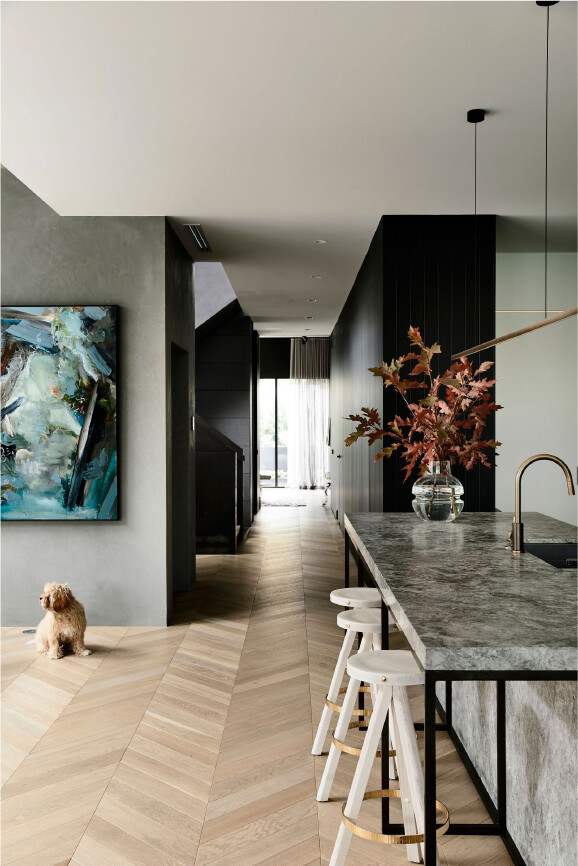
NATURAL TIMBER VARIATION
Timber floors will display variation in colour from board to board.
Some floors will have more variation than others depending on the species
This is not indicative of any fault in the floor, but is a natural occurrence with any natural wood product.
Natural variation is a desirable feature knowing your floor is one of a kind and a direct connection to a tree with 20+ years of growth before harvest.
Install boards simultaneously from several cartons to ensure good mix of colour and shading.

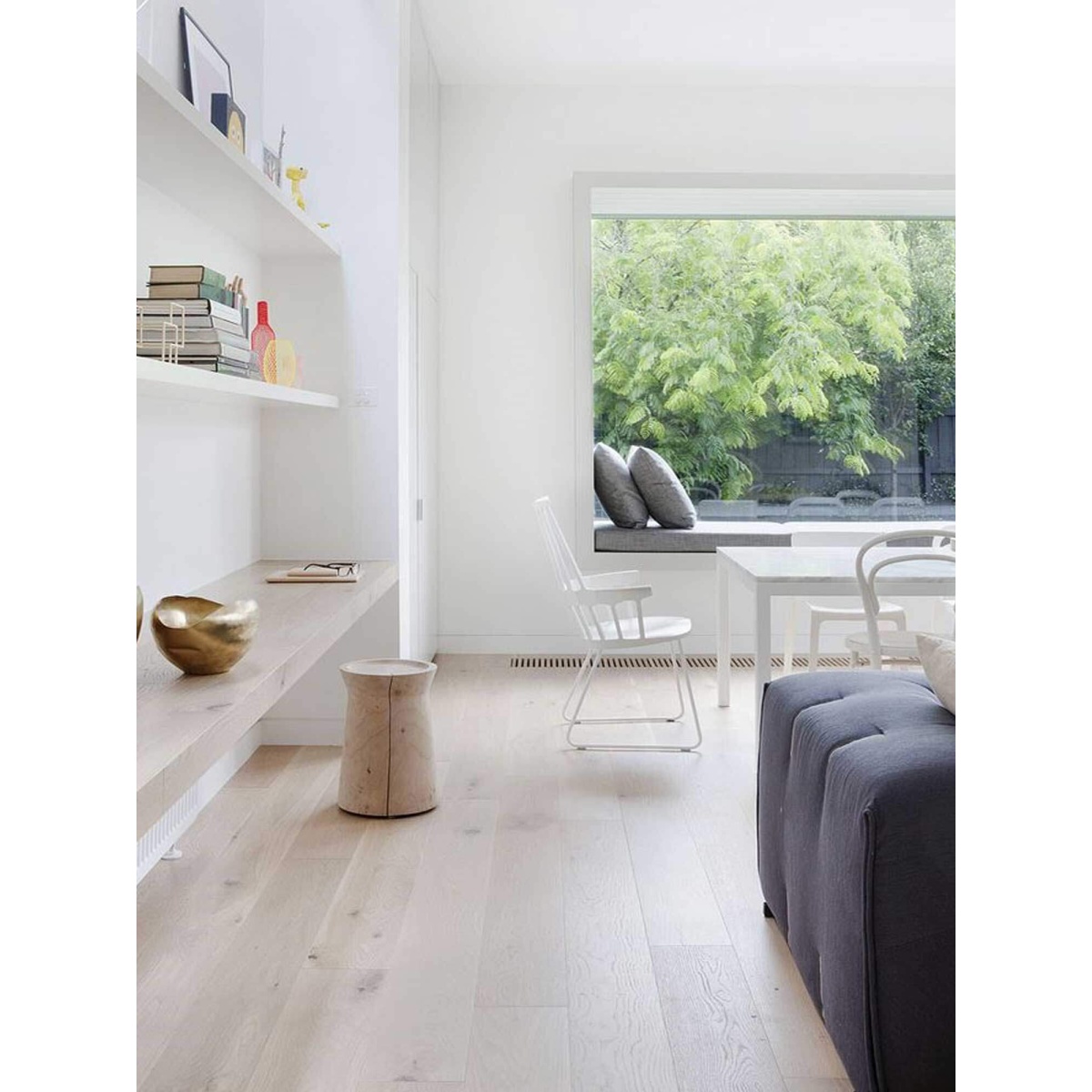
COLOUR CHANGE
Natural exposure to sunlight, heat, air conditioners, will bring about natural changes in the original colour as the floor ages. If possible, use blinds or drapes to protect floor from excessive sunlight.
These changes can improve the appearance of the timber over time, however it is wise to protect areas as best as you can if they are directly impacted by the sun.
When some areas of the floor are covered, as in large furniture pieces and area rugs, the change under these pieces can be lighter/darker than the surrounding floor, as they are not exposed to the same conditions.
Rotating the position of area rugs and furniture from time to time will allow the covered areas to slowly adjust in colour to the surrounding floor.
Window films can also be applied to cut down on UV light entering the room.
If building a new home or renovating and swapping out windows, consider low-emissivity glass windows (‘Low-E glass windows’) to limit the amount of UV light hitting your floors.
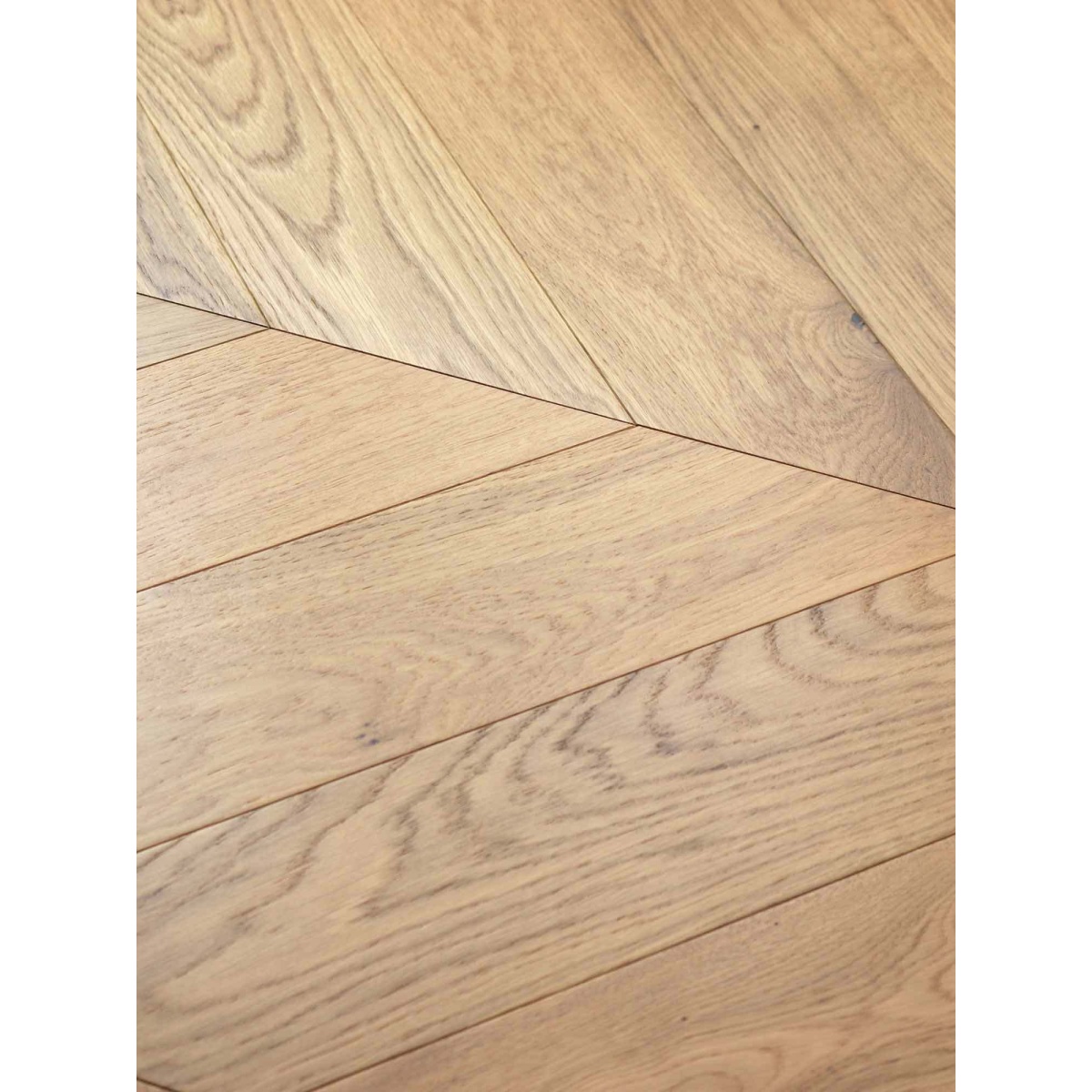
SEASONAL GAPS
Seasonal gapping can be expected, especially on wider planks. This is normal and not a defect and will normally close again once temperature & humidity returns to a more normal range.
If you do see a ‘gap’ they are usually very minor and hardly noticeable.
Throughout its life, wood will naturally expand and contract in response to the wet and dry seasons and also from extreme environmental conditions in the home.
Engineered timber experiences very little of this movement compared to solid timber.
To keep these dimensional changes to the very minimum, maintain a reasonable home temperature of 15-28°C and relative humidity within a range 30-60%.
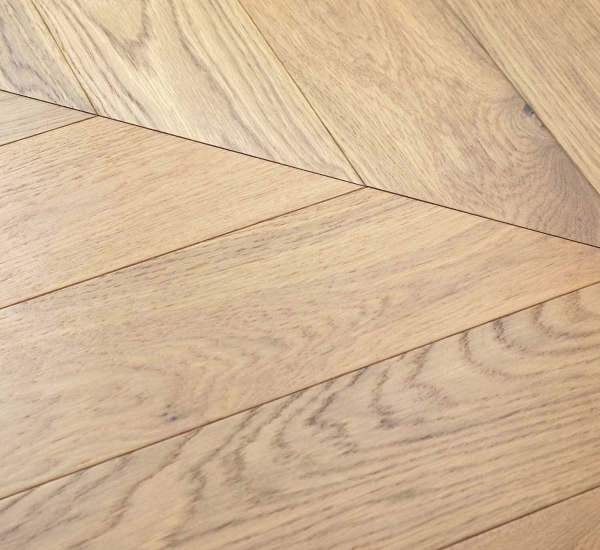
DISCLAIMER
The maintenance schedule above is a suggestion that reflects the flooring industry’s standards. Milton Lane does not assume responsibility for any of the outcomes resulting of the suggested advice as execution of said advice can vary. For best results, please follow the instructions of your cleaning/maintenance products of choice before applying them onto your floors.